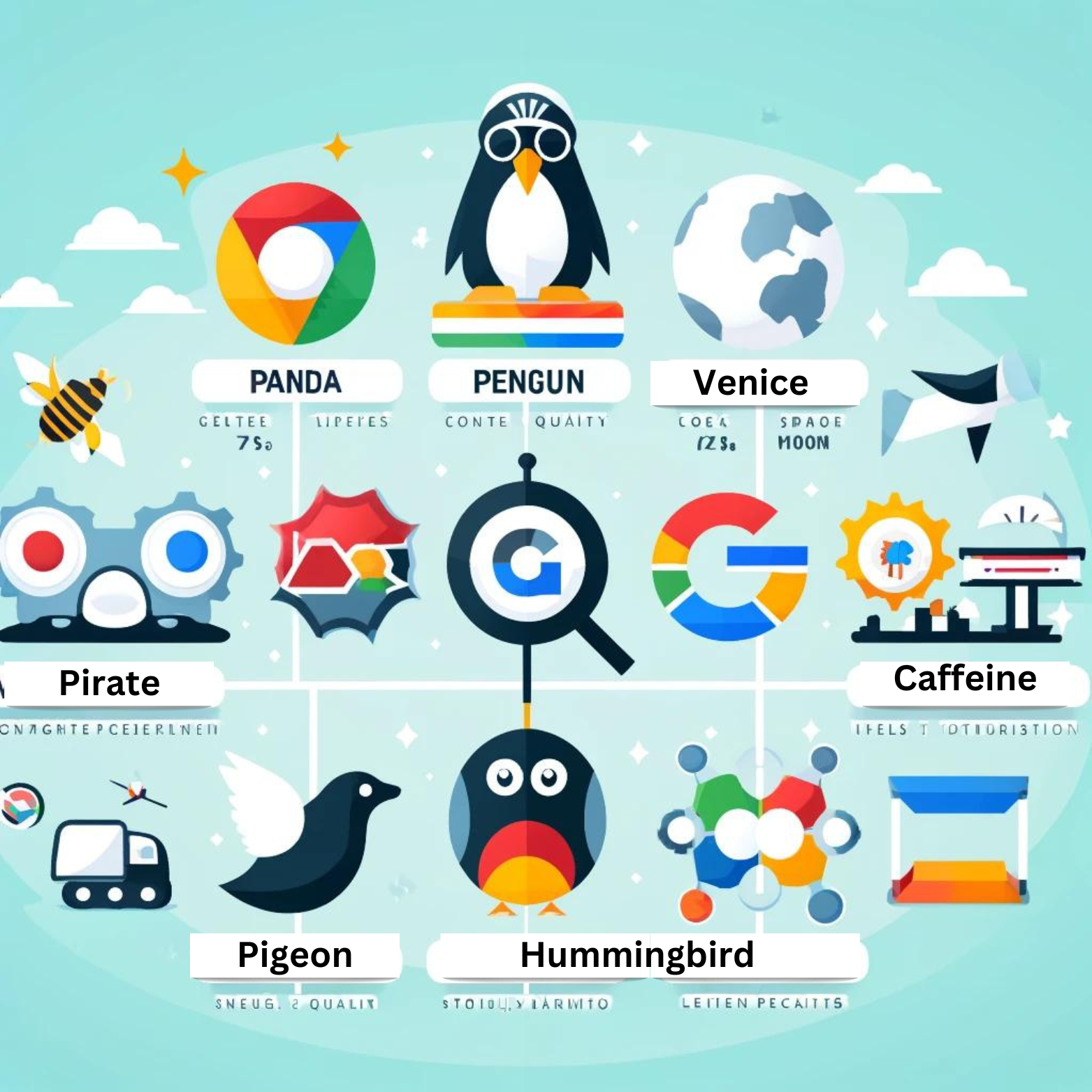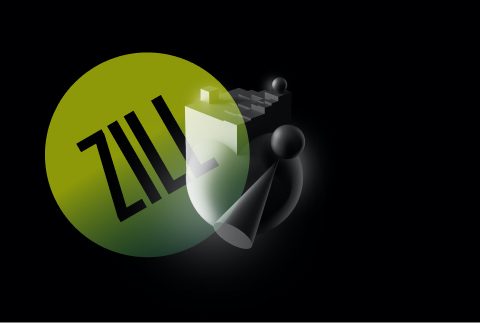Search Engine Optimization
Learning Search Engine Optimization, is essential for everyone interested in digital marketing in today’s digital environment. Essentially, search engine optimization (SEO) is a set of tactics and methods meant to increase a website’s exposure in search engine rankings. It’s important to draw in visitors who are truly interested in what you have to offer, not just increase the number of people that visit your website.
To those who are unfamiliar with Search Engine Optimization, it may appear to be a difficult and complex idea wrapped in technical terms and dynamic algorithms. Making your website appear better to search engines and users equally is the basic goal of Search Engine Optimization, though. By breaking SEO into manageable parts and walking you through the fundamentals, this blog aims to explain the field and assist you in beginning the process of enhancing your online presence.
What is SEO?
Search Engine Optimization, commonly known as SEO, is an essential practice in the Digital marketing . SEO is essentially the process of making a website more visible in search engine results pages (SERPs). The objective? should show up as high in search results as you can for any keyword associated with the content of your website. This is important since greater exposure in search results usually means more traffic and, with it, more chances to turn visitors into paying clients.
However, what drives this procedure? To rank webpages, search engines like Google, Bing, and Yahoo use sophisticated algorithms. These algorithms use hundreds of variables, or “signals,” to assess a webpage’s authority and relevancy. The user experience, content quality, mobile compatibility, and the quantity.

Types of SEO
1. On-page SEO
It is all about the content on your website. This includes how you optimize the text, images, and HTML code. Key elements include:
Content Optimization: Creating high-quality, relevant content that answers your audience’s questions. This means using keywords effectively, not just stuffing them in.
- Keywords: These are the terms that people type into search engines. Understanding and strategically using these keywords in your content helps search engines grasp the subject matter of your pages.
- Meta Tags: These HTML tags provide information about your web page to the search engines and users. The most important are the title tag and the meta description, as they directly influence click-through rates.
2. Off-page SEO
Refers to actions taken outside of your website to impact your rankings within search engine results pages. This primarily involves:
- Backlinks: Links from other websites to yours. Quality and relevance of these links are key; a link from a reputable site can significantly boost your Search Engine Optimization
- Social Media : While social signals (likes, shares) are not direct ranking factors, a strong social media presence can drive traffic and indirectly improve Search Engine Optimization.
- Guest Blogging: Writing for other websites not only creates backlinks but also helps establish authority and reach a wider audience.
3. Technical SEO
It is About the non-content elements of your website. It focuses on improving the backend structure and foundation. Important aspects include:
- Website Speed: A fast-loading site provides a better user experience, which is a significant factor in search rankings.
- Mobile-Friendliness: With the increasing use of mobile devices, having a mobile-responsive website is essential
- Structured Data: This is a standardized format to provide information about a page and classify the page content. It helps search engines understand your content better and can lead to richer search results.
Simple Strategies to Improve SEO
Improving your website’s SEO doesn’t always require complex tactics. Here are some straightforward strategies that can significantly enhance your Search Engine Optimization efforts:
Keyword research is an essential component of on-page SEO. It entails figuring out the terms and expressions that prospective clients enter into search engines. You may find these keywords with the aid of tools like SEMrush and Google Keyword Planner. Once found, organically include them into the titles, meta descriptions, and content of your website. Recall that you should employ keywords naturally and Potential .
2. High-quality Content Creation:
When it comes to SEO, content is king. Producing content that is useful, captivating, and of high quality is crucial. Good writing isn’t the only thing that counts here; your audience will also benefit from photos, videos, infographics, and other types of material. Your writing should bring your audience new perspectives, address problems, or respond to their inquiries. Adding new content to your website regularly tells search engines that your website is active and relevant.
3. Basic Link-Building Techniques:
Links from other websites (backlinks) are a critical part of off-page SEO. Start with natural link-building strategies, like creating valuable content that others want to link to. You can also engage in guest blogging, where you write articles for other websites in exchange for a link back to your site. Participating in forums or comment sections related to your industry can also help, but always ensure your contributions are meaningful and not just for the sake of a link.
Common SEO Myths Debunked
Myth 1: More Keywords Mean Better Rankings :
One of the most persistent myths is that stuffing your content with keywords improves your search engine ranking. In reality, keyword stuffing can hurt your SEO as search engines prefer natural, user-friendly content.
Myth 2: SEO Is a One-Time Task:
Many believe that SEO is a set-it-and-forget-it activity. However, SEO is an ongoing process. Search engine algorithms constantly evolve, and so must your SEO strategies.
Myth 3: Backlinks are All That Matter:
While backlinks are important, they’re just one part of SEO. Over-relying on backlinks and neglecting other aspects like content quality and technical SEO won’t yield the best results.
Conclusion
One of the most important tools in the digital marketing toolbox is SEO. Your website’s visibility can be greatly increased by understanding the three forms of SEO: on-page, off-page, and technical, and by putting basic link-building techniques, high-quality content development, and keyword research into practice. Starting this SEO journey can help newcomers realize the full potential of their online presence.








